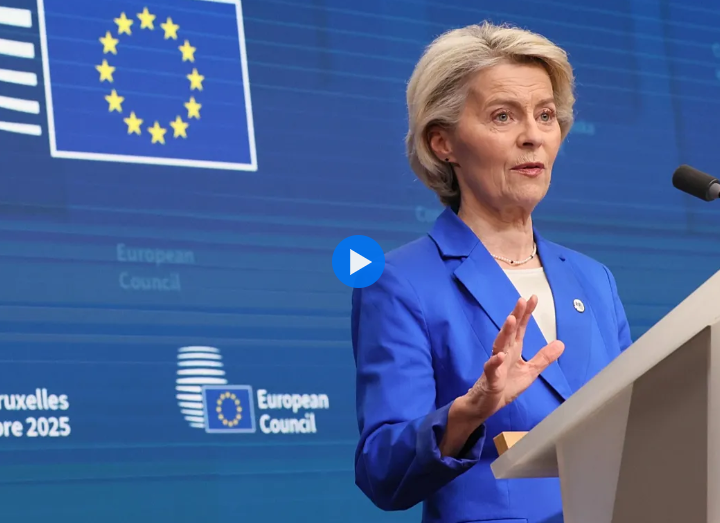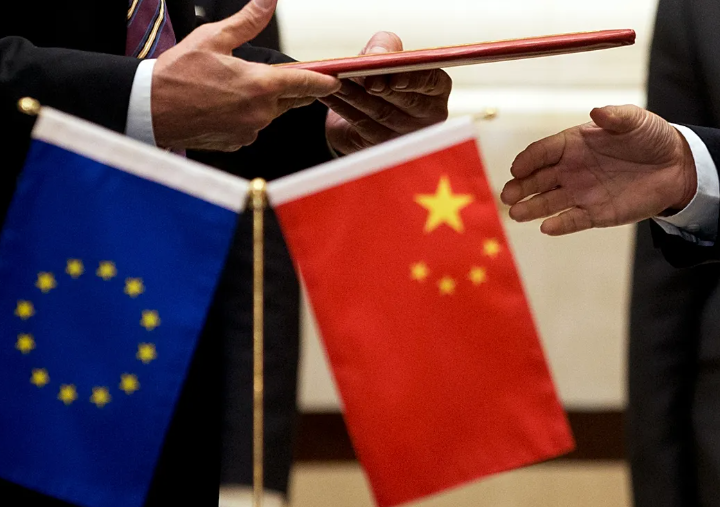
Authorial text by Dragan Shormaz for The Geopost
The beginning of the third decade of the 21st century was marked by the coronavirus pandemic, Russian aggression against Ukraine, and the maturing geopolitical awareness of EU countries regarding Europe’s role in the future global balance of power. The rise of Donald Trump shook the transatlantic alliance at first glance, but it actually strengthened it and put it on a solid foundation that ensured its long-term viability.
In this alliance, which will shape important geopolitical processes in the coming decades, the European Union was given the role of guardian of the eastern flank—the area where Russia wants to exert its malicious influence. For this reason, NATO, with the support of the EU, decided that its member states should increase their defense spending to 5% of GDP and strengthen their defense industries! The United States of America took on the task of maintaining the balance of power in the Indo-Pacific, the western wing of the transatlantic community, thereby reaffirming shared global security priorities.
Analysts agree: relations between the US and China will determine global dynamics until the end of the century. According to World Bank data, in 2024 the US had a GDP of $27.9 trillion, China $17.8 trillion, and the EU $16.6 trillion. Given its demographic potential (EU 450 million, US 350 million, China 1.4 billion) and its economic and technological potential, the European Union has real prospects of assuming the role of the third key player. Despite its ongoing propaganda, Russia remains an economy the size of Italy’s (approximately $2.2 trillion) with only 140 million inhabitants.
Current data on the Chinese economy shows that industrial production and retail sales declined significantly in July: industrial growth was 5.7%, the lowest figure in eight months, while retail sales reached only 3.7%—the lowest figure since December 2024. This led to the sharpest economic downturn this year. Investment in real estate fell by a further 11% in the first six months of 2025. July saw the first decline in lending in 20 years – consumers are taking out fewer loans, while most new loans are being used to repay existing interest. The market for used luxury goods is booming – it will grow by 35% in 2025, indicating changing consumer habits due to economic uncertainty.
The main challenges and prospects for China’s future are:
3. Weakening domestic demand – low consumption and deflation continue to slow down the economy.
5. The real estate sector is in crisis – a major obstacle to economic recovery.
7. Geopolitical risks – new trade conflicts (the threat of tariffs) increase uncertainty.
9. Demographic pressure – an aging population is hampering sustainable growth.
As far as Russia is concerned, the current economic situation is bleak:
1. Economic growth and economic downturn
* Slowing growth: In the second quarter of 2025, Russian GDP was only 1.1%, a significant decline compared to 4% in the same period in 2024.
* Negative quarterly dynamics: In the first quarter of 2025, GDP contracted by 0.6% compared to the previous quarter.
* Forecasts: The Russian Central Bank expects growth of 1–2%, while the IMF has lowered its forecast for 2025 to 0.9%.
2. Budget situation: Deficit, declining reserves
* Growing budget deficit: By May 2025, the deficit had reached 3.4 trillion rubles, almost 90% of the planned annual deficit.
* Declining liquidity reserves: The National Wealth Fund (NWF) reduced its liquid assets by 71% to around 2.8 trillion rubles – less than the expected deficit.
* Expenditure structure: Around 40% of the 2025 state budget will go toward defense and security, exceeding the combined expenditure on education, healthcare, social policy, and the economy.
3. Inflation, interest rates, and sectoral imbalances
* Strong inflation growth: At the end of 2024, inflation reached around 9.5%, well above the 5% target.
* High real interest rates: The central bank raised the key interest rate to 21% in October 2023 and lowered it to 20% in June 2025 to facilitate defense financing.
4. Energy sector and sanctions
* Declining oil and gas revenues: Revenues fell by 14% in the first five months of 2025. The budget had forecast a price of $69.7 per barrel, but the average real price was only around $56.
* Reorientation of exports: Although deliveries to Europe have declined, Russia has increased its exports to India and China, thereby partially mitigating the impact of the sanctions.
Conclusion:
* Russia is currently in a state of stagnation: growth has fallen to around 1%, deficits are rising, and inflation is high./The Geopost/

 Picula: No EU membership for Serbia without recognizing Kosovo, arrest Radojcic
Picula: No EU membership for Serbia without recognizing Kosovo, arrest Radojcic  Ukraine, UK agree to joint production of interceptor drones
Ukraine, UK agree to joint production of interceptor drones  European Union seeks to end dependency on China for rare earths
European Union seeks to end dependency on China for rare earths  The “Flower of Srebrenica” monument unveiled in Vienna
The “Flower of Srebrenica” monument unveiled in Vienna  Tensions remain high as China and EU prepare Brussels meeting on rare earths
Tensions remain high as China and EU prepare Brussels meeting on rare earths  Two months after the release of the Lučić-Müller video: Criminal charges for trading in influence filed with TOK, but the case has no epilogue
Two months after the release of the Lučić-Müller video: Criminal charges for trading in influence filed with TOK, but the case has no epilogue